Pedal to the Metal: 5 Tactical Driving Tips for the Everyday Civilian
Pedal to the Metal: 5 Tactical Driving Tips for the Everyday Civilian
Rarely, if ever, will you need to use advanced tactical driving skills as a civilian on the streets of the United States. The chances of driving into an ambush, encountering a hostile checkpoint, taking contact from another vehicle, or most other scenarios professionals train for are so low, that they’re most likely not worth training for as an everyday driver.
However, there are a few very specific and tactical driving techniques you can do to improve your daily driving habits and put yourself into favorable positions, should the need arise for some evasive maneuvering. Maybe you’re running late for an appointment and come across a road completely blocked for traffic, or you encounter some kind of protest, demonstration or other political/social event blocking your intended route. Perhaps the hair on the back of your neck just stands up and you decide it’s time to get the hell out of wherever you are.
The tips below are merely suggestions; basic skills that may help minimize risk to your vehicle and its occupants. They contribute to the mindset of being ready for anything you might encounter on the road.
If You’re the Driver, You’re the Driver
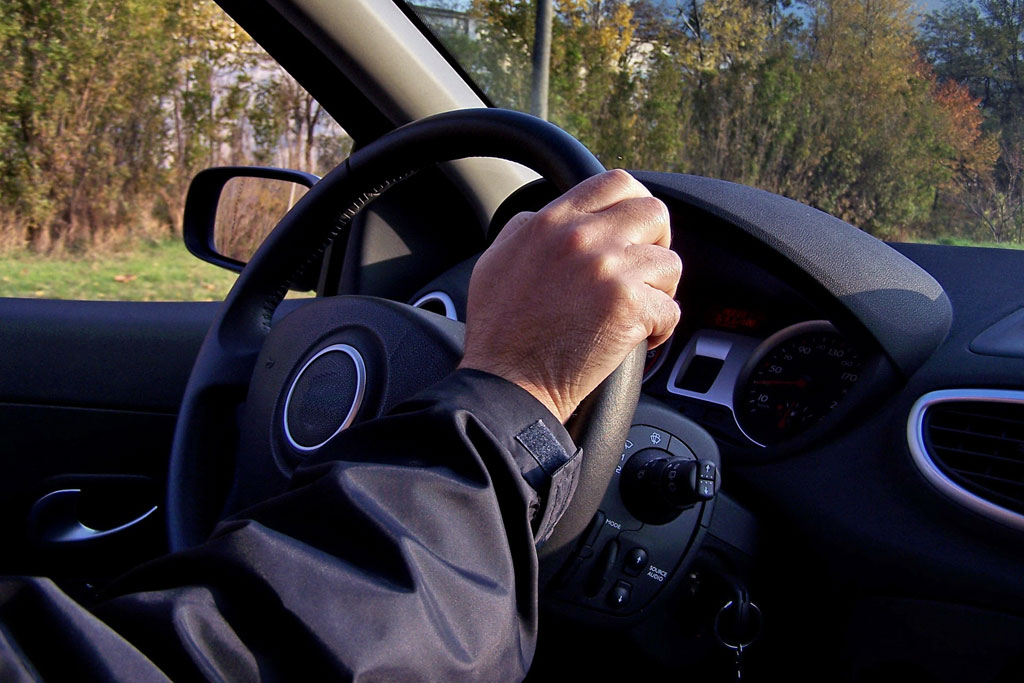
As the driver, your job is to assess the situations you’re coming up on, make decisions, stay in control of the vehicle and get to where you’re going in one piece. The other occupants of the vehicle are responsible for whatever other tasks need to happen along the way. No matter what the other tasks are, the driver needs to stay focused on the task at hand and keep a 360 degree awareness of what ‘s going on around the vehicle and where it’s headed.
If you’re driving solo and need to navigate, stick to interstates and main roads as much as possible unless you’re very familiar with the area you’re traveling through, or have done some real route planning with contingencies ahead of time.
Keep Moving
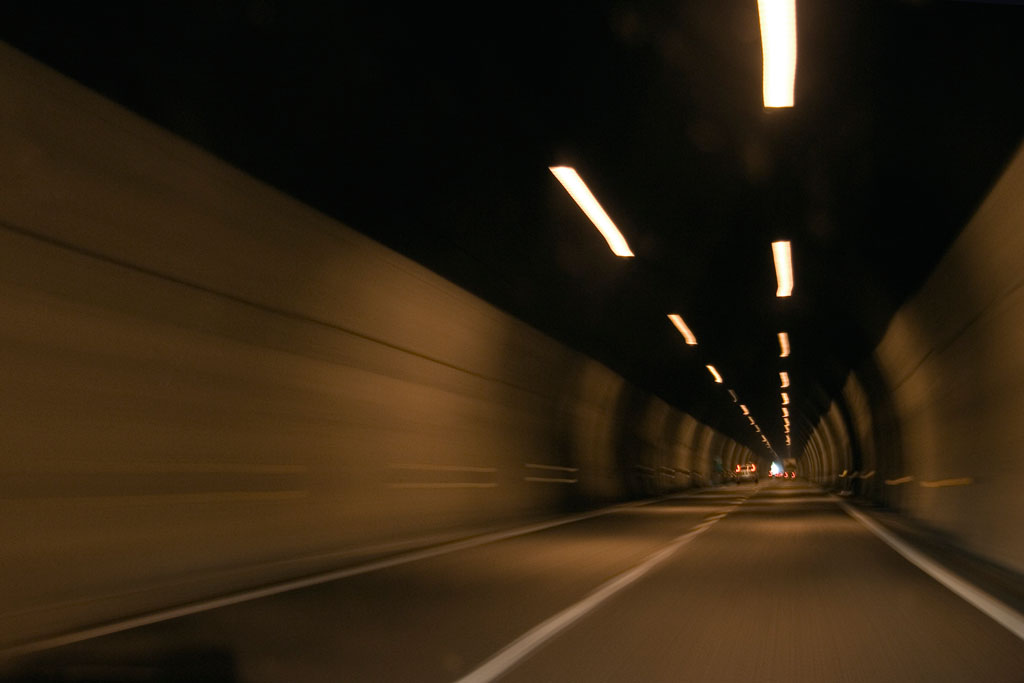
Ever heard of someone getting pulled out of their car while doing 70 mph down the interstate? Of course not, because it doesn’t happen. Driving through a rough neighborhood or another situation that has you seriously questioning your safety and the safety of your occupants or cargo? Put the windows up, lock the doors and don’t stop; it’s that simple. Even five to ten miles an hour makes you a much harder target for a potential assailant.
If you feel threatened enough to roll through a stop sign or break some other minor traffic law, you’re obviously at the point at which you need Law Enforcement. What’s the worst that could happen, the police pull you over? Great, that should be a huge relief! If you’re in the frame of mind where you’re seriously questioning your safety, a Police Officer showing up with the blues on is one of the best possible scenarios.
Leave Enough Room
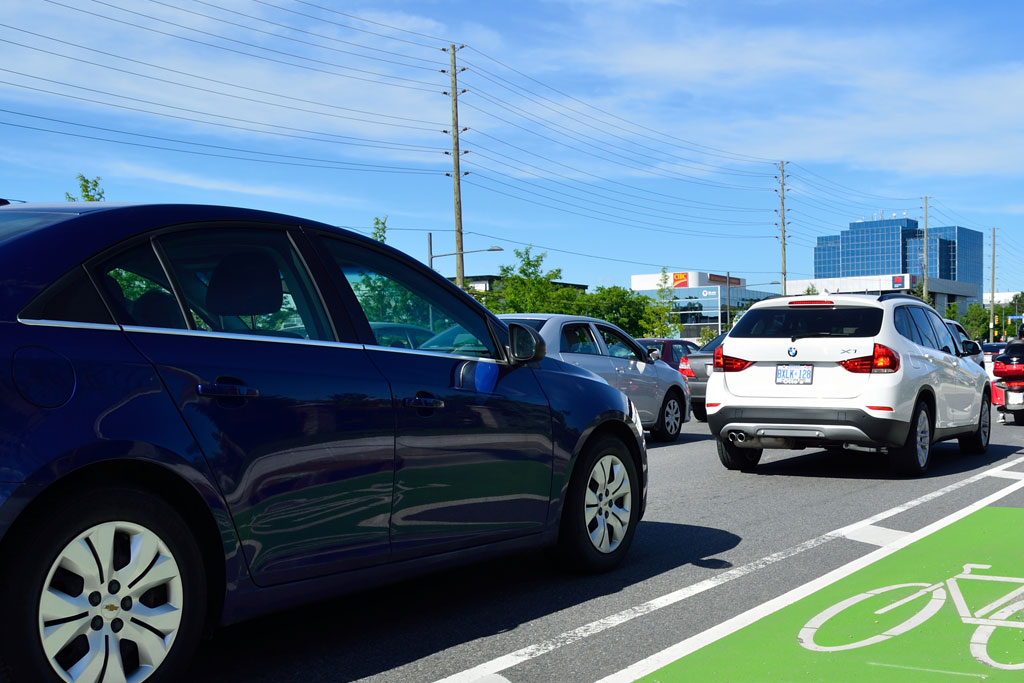
Anytime you have to stop, always allow enough room in front of your vehicle to move expediently forward. This really can’t be stressed enough and can be practiced daily until it becomes natural. A stopped, boxed in, immobile car, is the worst possible situation to be in when things go south. Always leave a half a car length or more between yourself and the car in front of you at a stop light, so you’ll have a few options. Also consider stopping slightly to one side or the other, where you may have better visibility or an exit route.
Also think about hanging back from stopped traffic to allow access to a side street or parking lot you may be able to use. Always back into parking spaces with clear routes of egress when parking is necessary. Basically, you need to ask yourself “Can I get moving and up to speed quickly right now if I need to?” If the answer is no, fix it. Getting boxed in or doing multi-point turns on the X is simply not an option.
If You Can’t Move Forward, Move Back
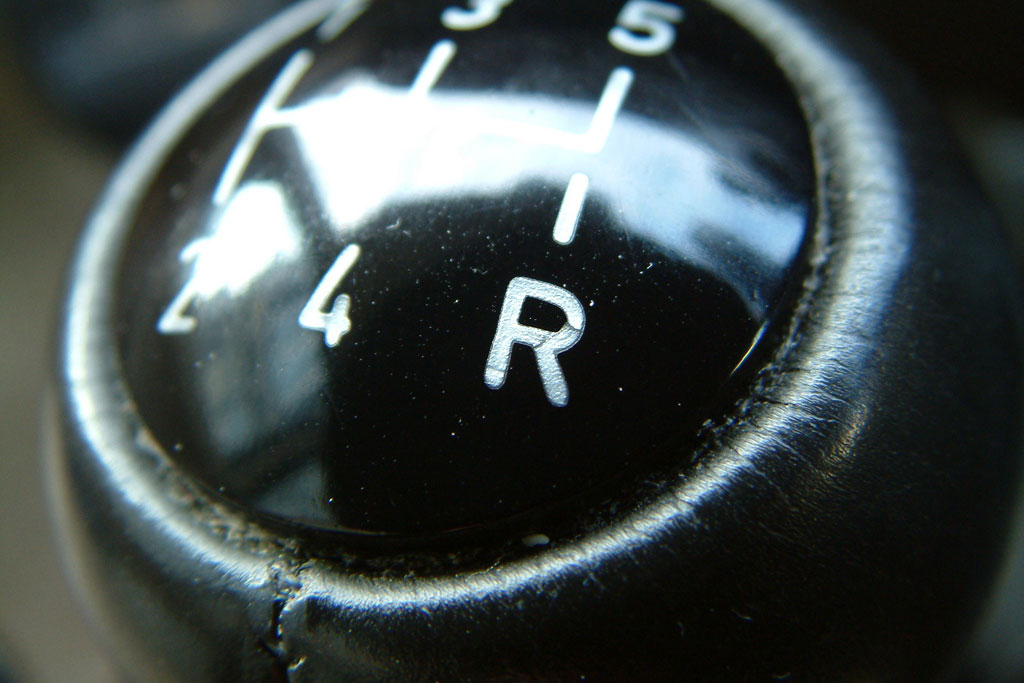
In any situation that you’ve driven into where you can’t drive through or around, backing out is going to be the fastest way to put distance between yourself and a potential threat. Sound easy? It’s not. When driving backwards, it’s important to remember your car is now rear-steering, making it very unstable. In addition, the brake balance is backwards and your driveline is reversed, not to mention the bad visibility you’re going to have and the serious alignment issues.
All of this can make your car a total basket case to drive quickly in reverse and it takes some getting used to. However, it’s definitely the best way to get a safe distance between you and a threat, if it can’t be driven through or around. Always be prepared to reverse at speed and practice a few simple backing exercises with different vehicles.
Leave Hollywood to the Stuntmen
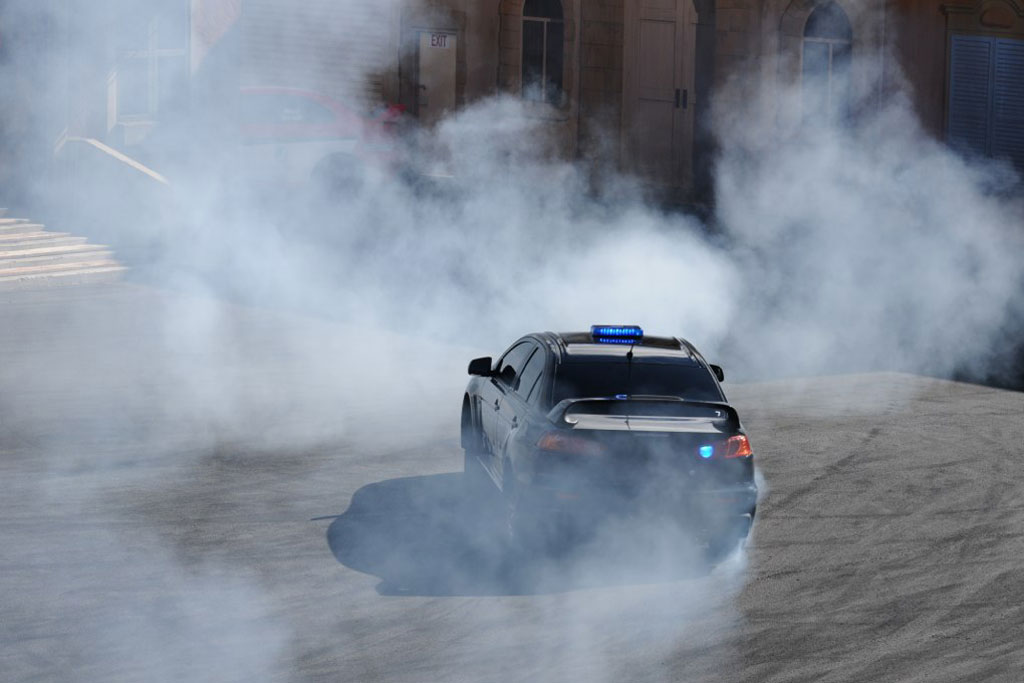
Can you do forward and reverse 180’s? Great! We love this kind of tactical driving too and still it as part of our training, but operationally, the chances of you making the informed decision to use a 180 spin should be tiny. Basically, take them right off the list of options unless you’re trying to impress a date or looking for more creative and entertaining ways to get in and out of your driveway.
Very simply put, modern skid prevention systems in your car will more than likely not allow it to happen and there’s a high chance of hitting an obstacle, damaging/rolling your vehicle, or simply botching the maneuver and doing a 3-point turn anyway. If there’s a serious threat, drive around or through if possible.
If not, reverse quickly to a safe distance and get turned around or find cover where you can. Even backing up at 30 mph for 5 seconds will put you over two hundred feet from where you stopped and most likely well out of range of whatever you’re trying to avoid.
Editor-in-Chief’s Note: Wyatt is the 2011 2-Wheel Drive US Rally Champion, Special Projects Director at the Team O’Neil Rally School and is now racing internationally as well as doing private instruction and coaching.






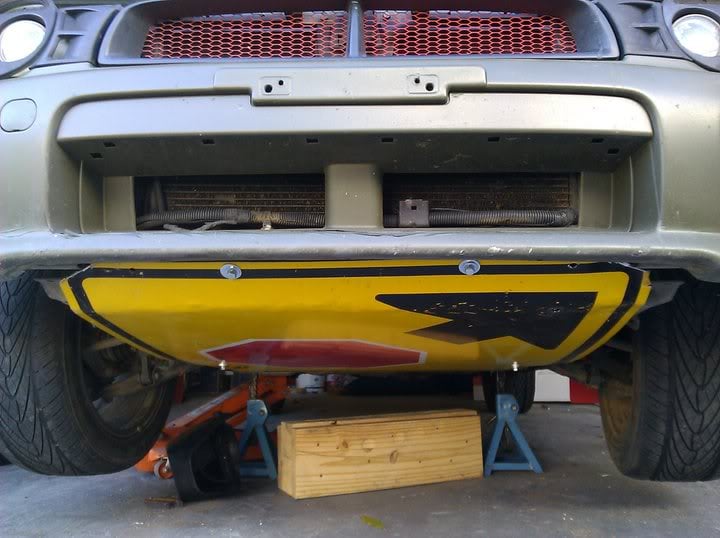
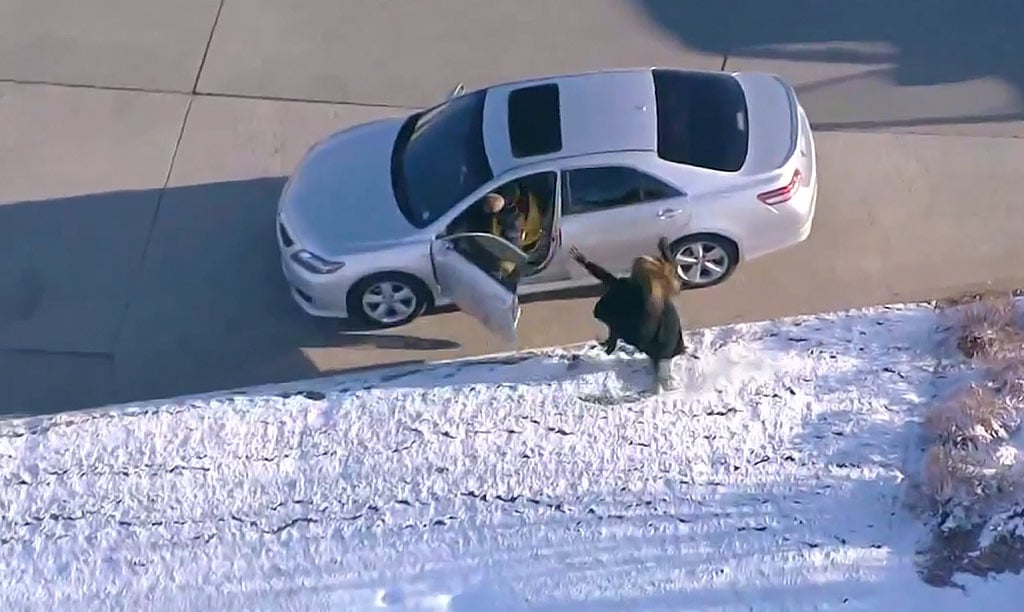
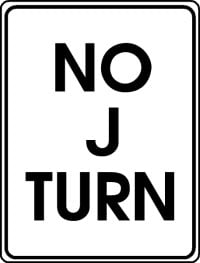
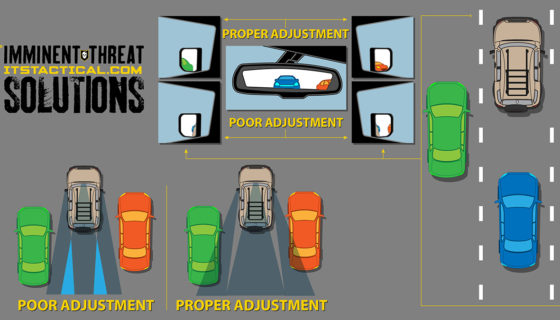

Discussion